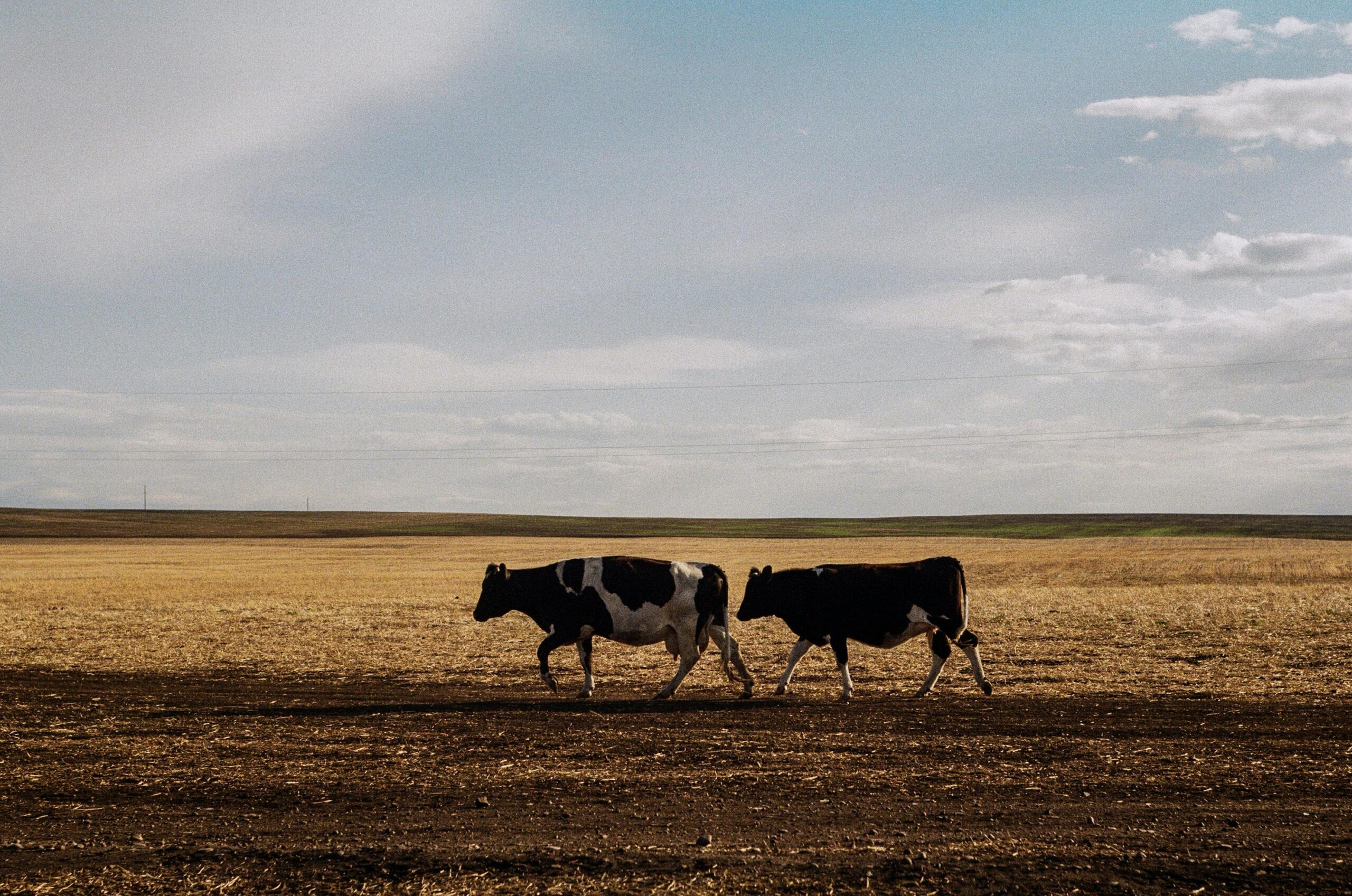Navigating the Complex Landscape
The U.S. beef industry stands at a pivotal juncture in 2025, grappling with a confluence of challenges and opportunities. From historically low cattle inventories to robust consumer demand, the market dynamics are both intricate and compelling. This analysis delves into the current state of the beef market, examining production trends, pricing fluctuations, and the multifaceted factors influencing the industry.
Declining Cattle Inventories
As of January 1, 2025, the U.S. cattle herd has diminished to 86.7 million head, marking a 1% decrease from the previous year and the lowest level since 1951. This reduction is attributed to prolonged drought conditions and escalating feed costs, which have compelled ranchers to cull herds and limit expansion efforts. Notably, beef cow numbers have contracted by approximately 1%, with the calf crop also experiencing a decline. Despite these national trends, certain regions, such as Texas, have observed a modest 2% increase in cattle numbers, underscoring regional variability within the industry (USDA, 2025).
Robust Consumer Demand Amidst Tightening Supplies
Despite the contraction in cattle inventories, consumer demand for beef remains resilient. Retail beef prices have escalated, with sirloin steak averaging $11.97 per pound and ground beef at $5.55 per pound as of January 2025. This surge in prices is a direct consequence of the supply-demand imbalance, where dwindling supplies meet unwavering consumer appetites. Industry leaders emphasize that, even amid economic uncertainties, consumers continue to prioritize high-quality beef, thereby sustaining elevated price points (Bureau of Labor Statistics, 2025).
Market Drivers and Challenges
Several critical factors are shaping the current beef market landscape:
- Drought and Environmental Stressors: Persistent drought conditions, particularly in the Western and Plains states, have severely impacted pasture availability, leading to increased reliance on costly feed and subsequent herd reductions (USDA, 2025).
- Disease and Import Restrictions: The detection of New World screwworm in Mexican cattle has prompted the U.S. to halt imports from Mexico, a significant supplier of feeder cattle. This import suspension has further tightened domestic cattle supplies, exacerbating price pressures (American Veterinary Medical Association, 2025).
- Economic and Trade Policies: Proposed tariffs on imports from key trading partners, including Mexico and Canada, introduce additional uncertainty into the market. Such trade policies could disrupt supply chains and influence both domestic prices and export potentials (U.S. Department of Commerce, 2025).
- Production Adjustments: Major industry players, like Tyson Foods, have responded to these challenges by adjusting their operations. Tyson has raised its annual sales forecast, citing strong demand for beef and chicken, and has implemented measures to enhance its poultry business amidst these market fluctuations (Tyson Foods Quarterly Report, 2025).
Key Market Data
| Category | Details | Source |
|---|---|---|
| U.S. Cattle Herd Size | 86.7 million head (-1% YoY, lowest since 1951) | USDA, 2025 |
| Beef Cow Contraction | Approx. 1% decline due to drought & feed costs | USDA, 2025 |
| Calf Crop Decline | Decreased alongside herd contraction | USDA, 2025 |
| Sirloin Steak Price | $11.97 per pound (as of Jan 2025) | Bureau of Labor Statistics, 2025 |
| Ground Beef Price | $5.55 per pound (as of Jan 2025) | Bureau of Labor Statistics, 2025 |
| Drought Impact | Severe pasture shortages increasing feed costs | USDA, 2025 |
| Import Restrictions | Suspension of Mexican cattle imports due to screwworm | American Veterinary Medical Association, 2025 |
| Trade Policies | Potential tariffs on Mexico and Canada affecting prices | U.S. Department of Commerce, 2025 |
| Industry Adjustments | Tyson Foods increased sales forecast due to high demand | Tyson Foods Quarterly Report, 2025 |
Implications for Stakeholders
- Producers: Ranchers are navigating a complex environment where high market prices offer potential profitability, yet environmental and economic challenges pose significant risks. Decisions regarding herd expansion or contraction are influenced by factors such as feed costs, environmental conditions, and market demand.
- Processors and Retailers: Companies involved in meat processing and retail are adjusting to the volatile supply landscape by optimizing operations, managing costs, and meeting consumer demand for premium products.
- Consumers: End-users are experiencing higher retail prices, a trend likely to persist as supply challenges continue. Consumer preferences for quality and sustainability are also influencing market offerings and pricing strategies.
The U.S. beef industry in 2025 is characterized by a delicate balance between constrained supplies and strong consumer demand. While challenges such as environmental stressors, disease outbreaks, and policy uncertainties persist, the market also presents opportunities for stakeholders to adapt and thrive. Strategic decision-making, informed by current market dynamics and forward-looking projections, will be essential for navigating this complex landscape.


